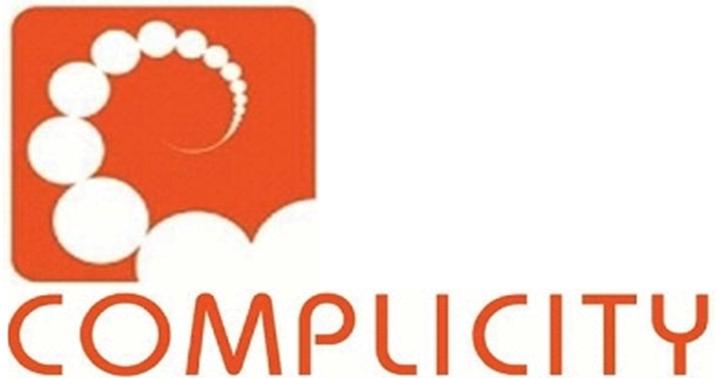School Architecture and Complexity
DOI:
https://doi.org/10.29173/cmplct8713Abstract
Recent studies document the importance of well-designed facilities on the academic performance of students in language and mathematics, but there is very little research on how space dictates what is learned and how it is learned. What about learning that is not directly measurable by standardized test scores? How does architectural space affect what is learned in the “non-core” disciplines such as music, drama, dance, and the visual arts? How does the built environment affect the ways that teachers and students operate in what might be viewed as a learning collective? These are some of the central questions addressed in the present paper. These issues are first explored through a brief discussion of the main themes in school architecture research and discourse, followed by a description of how Froebel kindergartens, Reggio Emilia schools, and Waldorf schools have given attention to some of the physical elements that affect learning. Next, I explore engaging forms of adult learning and the perspectives of John Dewey. Then follows a discussion of the ways that classrooms and schools can be seen as collectives, using complexity science theory as a theoretical framework. Finally, the complexity science model is extended by including the actual physical spaces as important ‘agents’ in influencing a non-linear and dynamic system, and by drawing implications for school design based on the principles of complexity.Downloads
Published
2004-12-01
Issue
Section
Research Articles



